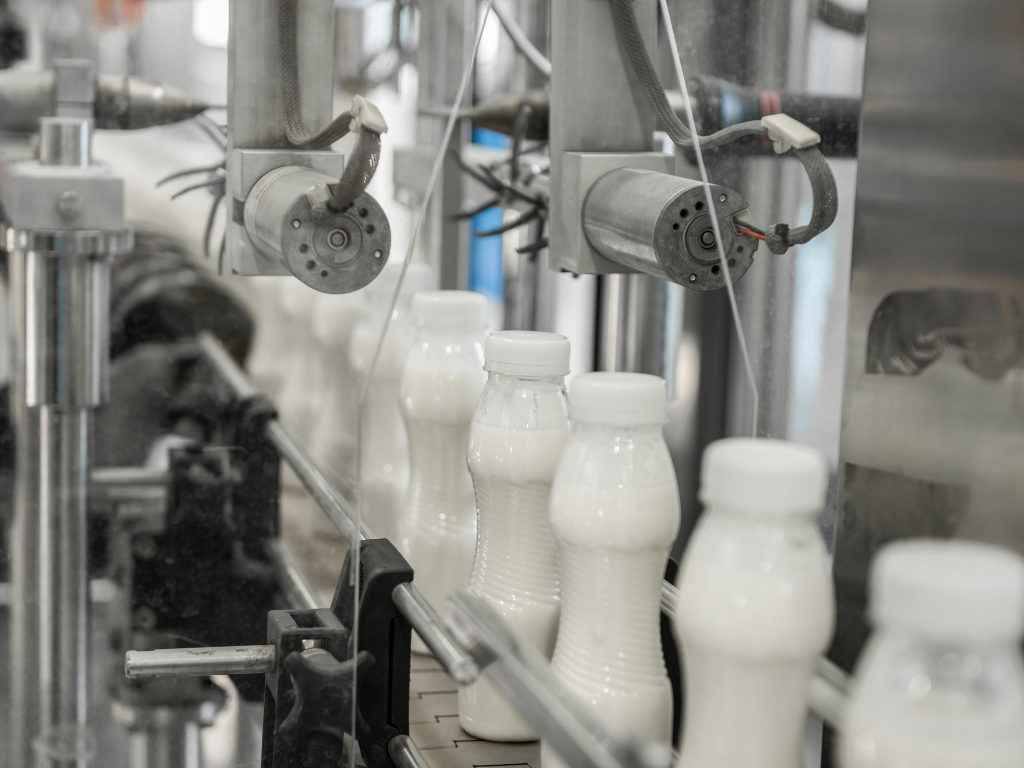What is the fortification of milk?

This post is also available in:
This post is also available in:
![]() Ελληνικά (Greek)
Ελληνικά (Greek)
Fortification of milk
Fortification of milk is a procedure to enrich cow’s milk with additional vitamins and minerals not naturally present in significant amounts. Usually, vitamin D and A are the most common added vitamins to milk, but other nutrients like zinc, iron, and folic acid may also be included. The process involves adding heat-resistant vitamin A and vitamin D3 before pasteurization and homogenization. Fortified milk is used in the same way as unfortified milk. It can be used for drinking or cooking. While some nutrients like B vitamins are heat-sensitive and added later, B vitamin fortification is not common.
Fortification of plant-based milk
Fortification of plant-based milk is essential to ensure it serves as a suitable substitute for traditional cow’s milk. A substitute food is designed to resemble a common food, but nutritionally, plant-based milks differ from cow’s milk. While they are affordable alternatives for those who cannot afford or are allergic to cow’s milk, they may lack essential nutrients, especially protein and calcium.
Essential nutrients, vital for growth and development, must be added to plant-based milks to make them nutritionally equivalent. For example, cereals like rice and oats, which are commonly used in plant-based milks, may lack sufficient protein and calcium. Fortification helps meet the nutritional requirements of consumers and reduces the need for additional supplementation.
Soy milk, for instance, contains equivalent protein but only a fifth of the calcium found in cow’s milk. Fortificants like calcium carbonate and tri-calcium phosphate are used to address this deficiency.
Processing treatments such as flaking, blanching, and ultra-high-temperature treatment can lead to nutrient loss, especially of vitamins and minerals. To compensate for these losses, nutrients are added back during fortification.
While plant-based beverages can be a part of a balanced diet for children above 2 years of age who cannot consume cow’s milk for medical reasons, it’s essential to ensure that these fortified plant-based beverages contain at least 6 g of protein per 250 ml.
References:
https://www.fssai.gov.in/upload/media/FSSAI_News_Milk_HealthLine_04_09_2019.pdf









































































